
All categories
Featured selections
Trade Assurance
Buyer Central
Help Center
Get the app
Become a supplier

(2762 products available)



































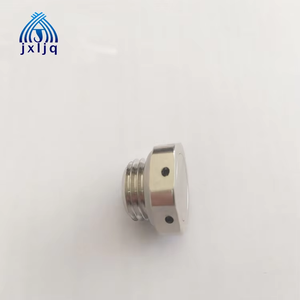


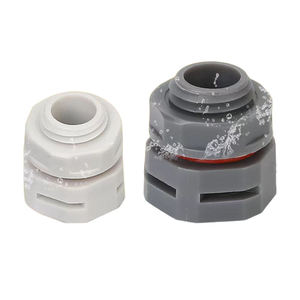
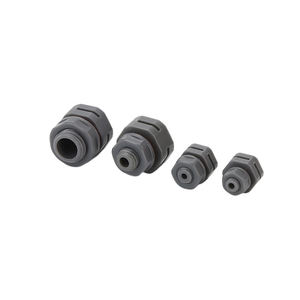
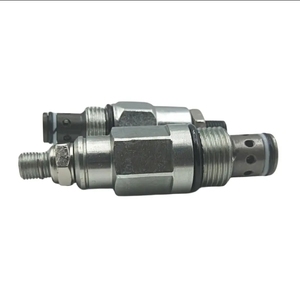


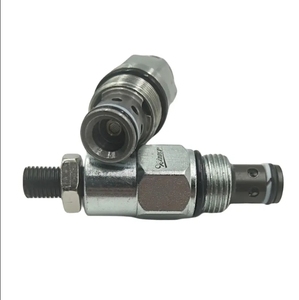

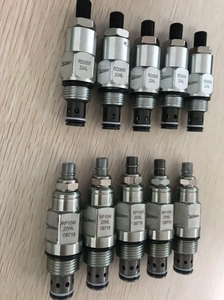

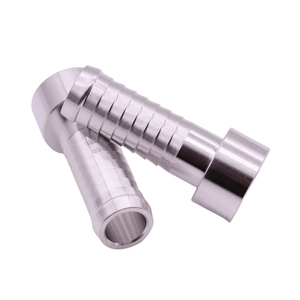




There are diverse kinds of relief valve plugs, which apply, depending on the required performance and the working conditions. These types include threaded plugs, adjustable plugs, and many more.
A threaded relief valve plug is a familiar type of valve plug that is easily fitted into the valve body by means of male threads. This plug type is mostly used in pressure relief valves where pressure build-up needs to be dissipated through the system quickly. The threads provide a firm hold so that the valve operates securely without leaks.
As the name suggests, an adjustable relief valve plug allows users to fine-tune the pressure settings. These plugs are important in systems that go through periodic alterations in pressure or where precise control is required. The adjustment mechanism permits setting the desired pressure point, where the valve would open up and let out pressure. This competition is critical in providing optimal safety performance in diverse industrial fields like chemical processing, oil refining, and power generation.
A blind relief valve plug is built to seal off any relief valves that do not need to be operational. These plugs are mostly used when it is necessary to eliminate or bypass a valve for maintenance or in situations where a valve is not critically required in a system. The plug is fitted into the valve body and thus prevents any pressurized fluid or gas from escaping through that valve.
This also protects the valve from debris-based contamination and wears down when not in use. While these plugs do not perform relief functions, they are significant in extending the life of pressure systems and thus keeping them safe.
This kind of relief valve plug is designed with a rounded surface to restrict the orifice's shape and is thus an innovative design. They are mainly used in high-pressure applications, such as gas storage and chemical reactors. This geometry helps in giving a steady flow of fluid whenever the valve opens up, which helps prevent pressure surges in the system.
The durability and efficiency of relief valve plugs originate from the materials used to manufacture them. This involves everything from wear and corrosion to possible extremes of temperature and pressure.
One of the most commonly used materials in making relief valve plugs is stainless steel. Its resistance to corrosion means that the plugs can perform in moisture-laden environments and operate in a chemical processing system. Besides, stainless steel can withstand high temperatures while retaining its mechanical properties. It makes durable stainless steel plugs appropriate for tough industrial operations.
Copper alloy is the other type of material that is used in making relief valve plugs. They provide excellent corrosion resistance and thus perform well in marine environments. In addition to their resistance to corrosion, copper alloys have good thermal conductivity, which is important in dynamic systems. This includes all those plug applications where temperature differentials can lead to the rapid degradation of materials.
PTFE materials are also referred to as Teflon and commonly used in relief valve plugs that need superior chemical resistance. The good thing about PTFE is that it is a very stable chemical compound that can be used in harsh solvents. Furthermore, it has a low coefficient of friction, which helps it wear slowly and reduce friction to a minimum. This makes it ideal for low-energy environments where other materials would degrade.
Titanium is one of the most powerful and corrosion-resistant materials used in pressure relief valve plugs. It is used in conditions where stainless steel fails, such as in acidic or alkaline environments. Titanium plugs are very light, which makes them ideal for space-limited applications. Due to its premium cost and significant machine work, titanium is only used in selective applications.
Relief valve plugs are preferred in operating as well as high-pressure commercial settings to ensure safety. This is applied in diverse industrial areas where pressure control is very critical.
The oil and gas industry greatly deploys pressure relief valve plugs in securing operations during drilling, refining, and exploration. In these high-pressure situations, the plugs help keep valves at a safe working pressure by preventing them from exceeding their pressure capacity. Also, in the refining operations that involve the processing of liquefied gas, chemical substances, and high-pressure hydrocarbons, durable plugs are thus needed. These plugs ensure that the valves work reliably, which enhances safety and avoids explosions or system failures.
In chemical manufacturing, pressure relief valve plugs are vital for dealing with the high-pressure and hazardous chemical environments involved in this process. Thus, these plugs ensure pressure valves operate within safe limits and prevent hazardous chemical leaks or emissions. Furthermore, they are used in reactors, storage tanks, and transportation vessels. The plugs are critical in making operations efficient, safer, and more reliable and thus helping in easy functioning and no downtime.
Pressure relief valve plugs are important in pharmaceutical businesses where chemicals are highly controlled and sensitive. These plugs help to control and maintain pressure in the reactors and other processing equipment. Thus enabling the manufacture of drugs under precise conditions. The failure of a pressure valve because of overpressurization results in contamination and damage to the product. That is why these plugs are critical at every stage of production.
Relief valve plugs find their way into the aerospace and defense industries where they need to keep pressure. This includes fuel systems, aircraft cabins, and missile guidance systems. In these high-stake environments, the plugs must be extremely reliable and able to withstand great pressure. Any failure in these systems leads to loss of life and great financial costs. Thus, the plugs play a great role in increasing performance and helping to increase the safety of the systems.
To select the right relief valve plug, there are certain key factors to be taken into account. These factors include working pressure, temperature range, and chemical resistance, among others.
The first consideration is the working pressure of the system. The valve plug needs to be rated for at least as much as the system's pressure. This is to ensure that it can bear the pressure without failure. If the plug's pressure does not match, then there is a risk of system failure. In this case, there is either explosion or leakage, which causes endangerment.
Another important aspect is the temperature range in which the plug will be working. Different materials used in making the plugs have high resistance to temperature. For instance, stainless steel and titanium are ideal when the temperature is very high. Meanwhile, PTFE performs well in low-energy environments. These will not be in high or low temperatures, which will not affect the materials of the plugs.
Chemical resistance plays a major role in the selection process. In chemical processing, for example, the plugs face numerous acids and corrosive chemicals. Thus, plugs made of PTFE or titanium are suited for this application due to their premium resistance to chemical corrosion. Moreover, in marine environments, copper alloy plugs will be most appropriate due to their superior corrosion resistance.
It will be important to consider the compatibility of materials with other components in the system. That is, the plug material should not react with other materials in the system to prevent unwanted reactions. This may include the formation of harmful substances to the user or causing rapid wear on the materials.
A1: The internal components of a relief valve plug are made of diverse materials. Each material correlates with the application environment. They include copper alloy, stainless steel, PTFE, and titanium. Each of these materials comes with various pros and cons. For instance, PTFE has great chemical resistance. On the other hand, titanium has great resistance to high pressure and temperature.
A2: During the selection of the relief valve plug, several key factors should be considered. These factors include the working pressure and temperature of the application, the chemical environment, and the plug's compatibility with other materials. These ensure that the valve operates safely and effectively within the desired operational parameters for a long time.
A3: In the chemical processing industry, for instance, pressure varies in the reactors due to the nature of the work that is being done. So, there is a need for adjustable plugs to help in the precise control of this pressure. This prevents both overpressure and underpressure conditions. They ensure the safety of the system while operating at optimal efficiency.
A4: Pressure relief valve plugs are important in the pharmaceutical manufacturing industry, which is a highly regulated and sensitive chemical environment. These plugs ensure that drugs are manufactured under specific conditions. Moreover, they help avoid contamination, maintain product integrity, and thus enhance safety.
A5: The relief valve plugs have main features such as sealing ability. They are durable enough to sustain wear and tear. They also help maintain a constant pressure. In addition, they have resistance to various chemicals.